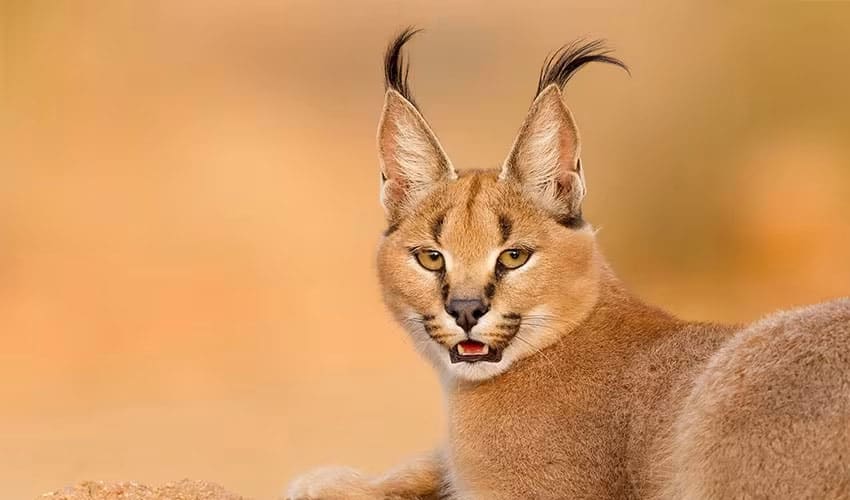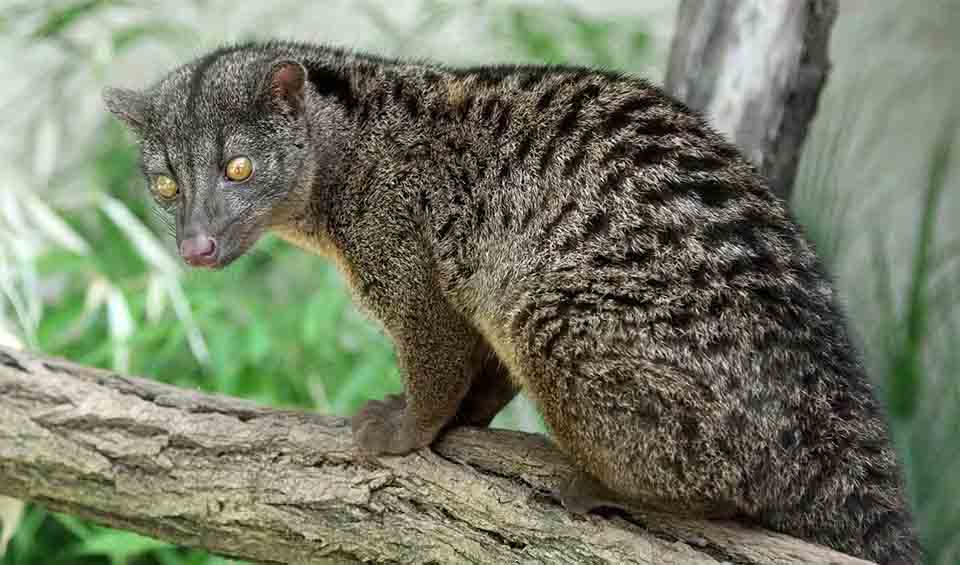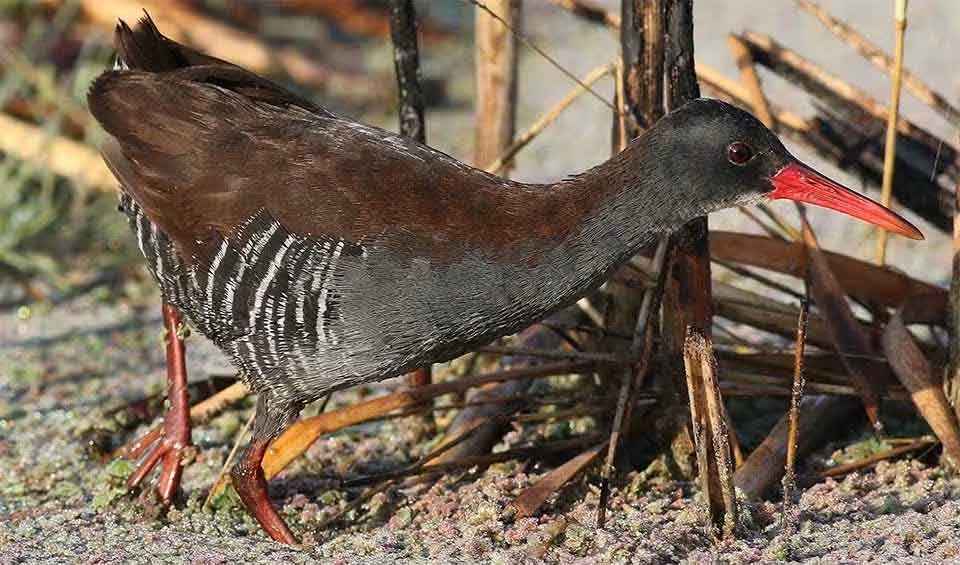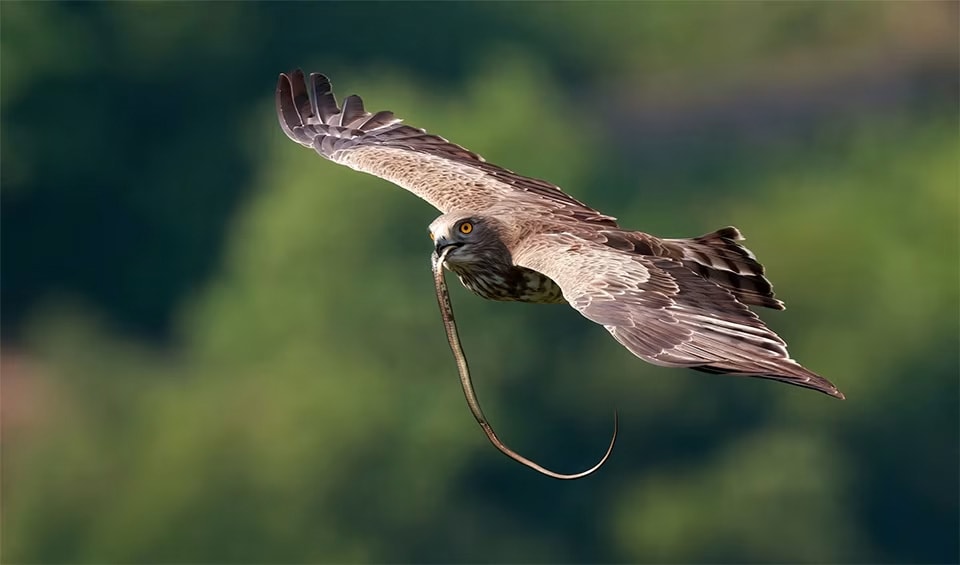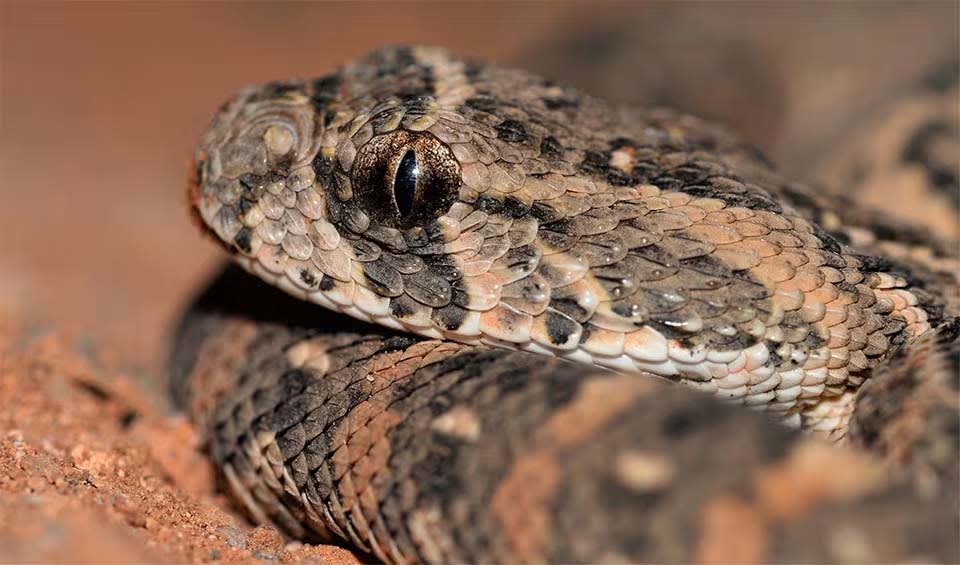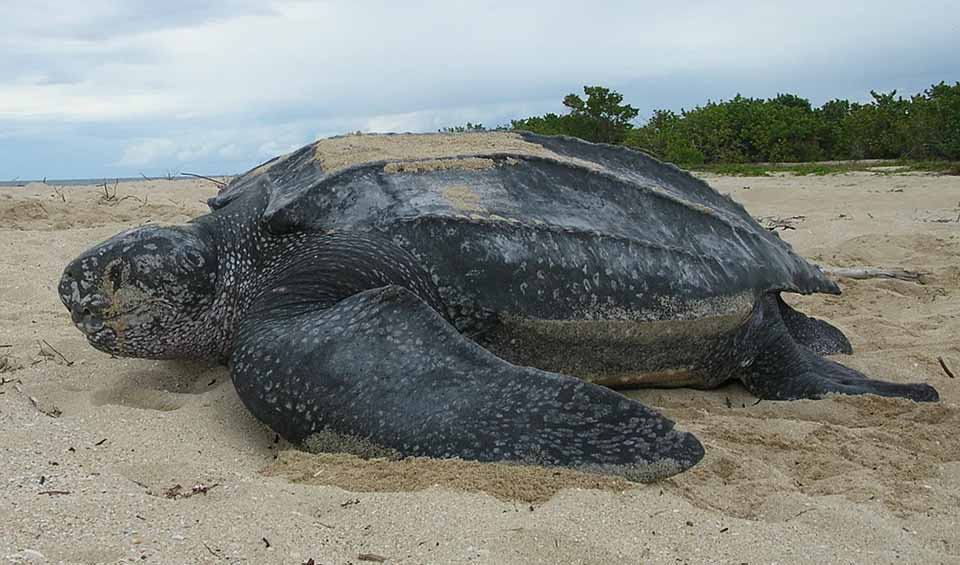Cameroon’s geography is exceptionally diverse. In the north, the terrain is characterized by arid plains extending into the Sahel, while the center and south of the country feature lush tropical rainforests. The western region is mountainous, home to Mount Cameroon, one of Africa’s largest volcanoes and the highest peak in West Africa. The eastern regions of Cameroon include parts of the Congo Basin, which is known for its biodiversity. Its climate varies considerably depending on the region. Northern Cameroon experiences a Sahelian climate with a long dry season and a short rainy season. The central and southern regions have a tropical climate with two rainy seasons and two dry seasons each year, supporting dense forests and abundant wildlife.
Cameroon’s diverse climates and landscapes foster a wide range of ecosystems and a corresponding richness in biodiversity. The country is home to numerous species of plants and animals, including endangered species such as forest elephants, gorillas, and chimpanzees. The Dja Faunal Reserve, a UNESCO World Heritage site, is one of the largest and best-protected rainforests in Africa, largely undisturbed by human presence..
Four pillars elaborated:
Cameroon is home to an extensive network of protected areas, spanning over 8.1 million hectares (81,000 mi²) and including national parks, wildlife sanctuaries, faunal reserves, and a flora sanctuary. These protected regions constitute 19.2% of the nation’s territory and are vital for preserving its abundant biodiversity. The country’s system includes 17 national parks, which serve as sanctuaries for a wide range of wildlife and natural landscapes. Land Management
Land Management
Additionally, numerous wildlife sanctuaries, faunal reserves, and a specialized flora sanctuary focus on protecting specific species and ecosystems. A standout example of Cameroon’s dedication to conservation is the Dja Faunal Reserve, recognized as a UNESCO World Heritage Site. This extensive reserve safeguards a vast rainforest ecosystem teeming with endangered species.
The primary threats to biodiversity in Cameroon stem from ecosystem degradation and unsustainable exploitation. Direct contributors to biodiversity loss include slash-and-burn agriculture, poorly planned development activities, poaching, overharvesting of non-timber forest products, unsustainable practices, climate change effects like floods and droughts, pollution, and the introduction of non-native invasive species. Additionally, indirect drivers related to socio-economic conditions and increasing population growth exacerbate the pressure on natural resources. Threats to Biodiversity
Threats to Biodiversity
Cameroon’s efforts to protect its biodiversity are supported by a robust legal and institutional framework. The country’s legal structure for biodiversity protection is anchored by the 1996 Framework Law for Environmental Protection and the 1994 Forestry, Wildlife, and Fisheries Law. In 2021, Cameroon further strengthened its legislative approach by adopting a law that regulates access to genetic resources and their derivatives, traditional knowledge associated with these resources, and the fair and equitable sharing of benefits derived from their use. This aims to enhance the contribution of biodiversity to development and ensure the involvement of indigenous populations and local communities. Capacity and Governance
Capacity and Governance
Additionally, the government has implemented several strategic initiatives including the National Strategy for the Sustainable Management of Mangroves and other Coastal Ecosystems, the National Sustainable Financing Strategy for Protected Areas to conserve and enhance biodiversity, and a 2020 strategy to combat poaching and wildlife crime. At the institutional level, the Ministry of Environment, Protection of Nature, and Sustainable Development (MINEPDED) and the Department of Forest and Fauna (MINFOF) oversee biodiversity, ecosystem conservation, and forest management in Cameroon.
In 2017, Cameroon joined the UNEP-WCMC’s National Ecosystem Assessment Initiative and by 2022, validated its National Ecosystem Assessment, becoming the third country to do so. Currently, Cameroon is focused on utilizing the findings from this assessment to enhance decision-making processes by incorporating the full value of nature. The United Nations Development Programme (UNDP) supports this effort through the BES Solution Fund, which is managed by UNDP’s Biodiversity and Ecosystem Services Network (BES-Net) and funded by Germany’s Federal Ministry for the Environment and SwedBio. Additionally, the German Development Agency (KfW) is allocating €10 million from 2023 to 2025 to improve forest and protected area management in Cameroon’s South West regions, specifically to combat poaching and illegal logging. Future Trends
Future Trends
Biodiversity
Cameroon, embodying the diversity of its continent, features a range of landscapes including coastlines, mountains, savannas, deserts, and tropical rainforests. Home to 22 million hectares (220,000 km²) of tropical forests within the Congo Basin forest ecosystem, these forests are crucial for the livelihoods of local communities and provide habitats for over 9,000 plant species, approximately 900 bird species, and about 370 mammals, including the critically endangered western lowland gorilla and the endangered chimpanzee. The Bénoué province in northern Cameroon is notable for having the largest hippopotamus population in the entire West-Central African region.Beyond its impressive biodiversity, Cameroon also enjoys favorable agricultural conditions. Despite the growth of its markets, the majority of its population still engages in subsistence farming, relying primarily on their local environment for their daily needs.
In the table below are the number of known species in several main groups, how many of these species are Threatened with extinction, and how many of them are Endemic (unique to Cameroon only):
| Species (World rank) |
Threatened | % Threatened | Endemic | % Endemic | |
|---|---|---|---|---|---|
| Mammals | 370 (#20) | 46 | 12.4% | 22 | 5.9% |
| Birds | 889 (#20) | 31 | 3.5% | 7 | 0.8% |
| Reptiles | 290 (#28) | 13 | 4.5% | 21 | 7.2% |
| Amphibians | 226 (#19) | 56 | 24.8% | 65 | 28.8% |
| Fishes | 1,065 (#43) | 143 | 13.4% | 120 | 11.3% |
| Plants | 9,000 (#35) | 555 | 6.2% | 500 | 5.6% |
mammals
Giant pangolin
Covered in tough, overlapping scales made of keratin — the same material human fingernails are made from
Caracal
“To put the cat among the pigeons” was phrased on caracals, as they were once trained for hunting game birds for Persian and Indian royalty
African palm civet
Live in harmony with a parasite causes the deadly Sleeping sickness in humans
birds
African rail
Spend most of their time lurking in the thick reeds and grasses, only venturing out when they absolutely have to
Short-toed snake eagle
A magnificent migratory bird with long, broad wings and a short tail that sings in the form of musical whistles
Saddle-billed stork
The colorful stork of Africa
reptiles
Nile crocodile
One of the most iconic animals of Africa and the second largest reptile on earth
Puff adder
Notoriously grumpy, always putting on a dramatic hissy fit when approached
Leatherback sea turtle
The mysterious diver of the ocean is the largest and only sea turtle without a hard shell and scales
amphibians
Goliath frog
A frog that is so big that it makes its own ponds using heavy rocks
Guttural toad
Known for its loud, ‘guttural’ croak that can be heard from a distance
Hairy frog
The predominantly terrestrial hairy frog lives in subtropical and tropical forests & rivers of West Africa
National Animals
Lion
Tufted-tailed Simba in the plight

